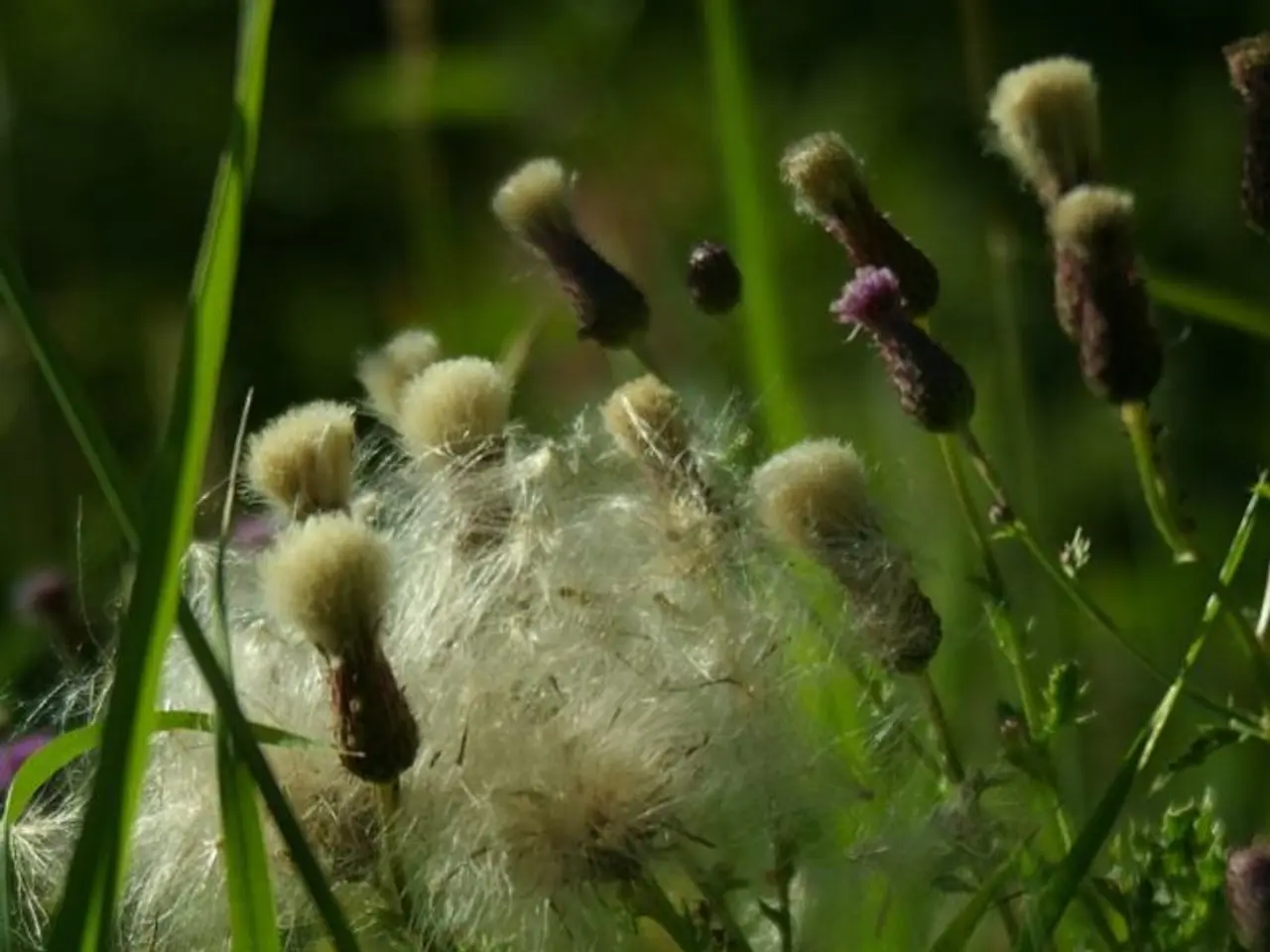Simple Strategies for Natural Vegetable Garden Expansion
================================================================
In the heart of the bustling city, an individual has transformed a London plot into a thriving organic allotment garden. By focusing on soil health, water management, pest and disease control, and smart planting design, this garden serves as an exemplary model for sustainable urban gardening.
Building and Managing a Compost Bin
To begin, construct a compost bin using untreated wood pallets or wire mesh in a well-drained spot on your allotment. Layer green waste (grass clippings, vegetable scraps) and brown waste (dry leaves, cardboard). Turn the pile regularly to aerate and speed decomposition. Use mature compost as a nutrient-rich soil amendment, supporting your organic strategy by recycling nutrients and reducing waste.
Rainwater Collection
Install rainwater butts connected to existing allotment shed gutters to harvest rainwater. Use collected water for irrigation to reduce dependence on mains water and mitigate city water costs. Ensure water is stored in dark containers to prevent algal growth and keep it clean for plants.
Green Manure
Sow green manure crops (e.g., clover, vetch, mustard) during off-seasons or between crops to fix nitrogen and improve soil structure. Before planting your next crop, cut down green manure and dig into soil as organic matter, enhancing fertility without synthetic fertilizers.
Pest Control
Promote biological control by attracting natural predators like ladybirds and birds using flowering plants and habitat refuges. Use companion planting to deter pests: for example, plant marigolds to repel aphids, nasturtiums as trap crops, or garlic near roses. Avoid chemical pesticides; instead, use physical barriers (netting, collars) and handpick common pests such as slugs or caterpillars.
Disease Prevention
Maintain crop rotations to reduce soil-borne diseases. Use resistant or tolerant plant varieties suited for London’s urban climate. Improve air circulation by spacing plants adequately and pruning overcrowded foliage to prevent fungal diseases. Remove and compost diseased plant material carefully to avoid contamination.
Companion Planting Strategies
Combine plants that mutually benefit each other; for example, beans with carrots (beans fix nitrogen benefiting carrots), tomatoes with basil (improves flavor and deters pests), or cucumbers with radishes (radishes can repel cucumber beetles). Use vertical planting techniques to maximize small urban allotment plots, combining climbers with underplantings (e.g., peas climbing on poles with lettuces beneath).
Key Additional Tips for London Allotments
- Use compact and dwarf varieties adapted for urban spaces.
- Perform succession planting and harvest regularly to maximize productivity in a limited space.
- Mulch well to conserve moisture and suppress weeds.
- Consider artificial protection (cloches or mobile containers) for vulnerable plants in unpredictable urban weather.
This strategy aligns with sustainable, organic principles by enhancing soil health, conserving resources, promoting biodiversity, and minimizing chemical inputs, thus supporting a thriving London allotment garden.
The individual's garden also employs additional techniques, such as using herbs like mint and chives to keep pests at bay, making organic feeds like nettle tops or comfrey leaves and rainwater, and preventing cabbage white butterfly from laying eggs on brassicas using a method involving soft netting, canes, bottles, tent pegs, and a hawk kite named Henry.
By adopting these practices, you too can cultivate a flourishing organic and sustainable London allotment garden that not only provides fresh produce but also contributes to the city's biodiversity and promotes a greener urban lifestyle.
- To further promote sustainable urban gardening, try companion planting strategies such as planting mint and chives near vegetables to deter pests.
- Your home-and-garden lifestyle can be more sustainable by employing eco-friendly pest control methods like attracting natural predators with flowering plants and using home-made organic feeds, such as nettle tops or comfrey leaves.
- Incorporating vertical planting techniques and using compact and dwarf varieties can help maximize the productivity of small urban allotment plots, while adhering to the principles of sustainable living.




